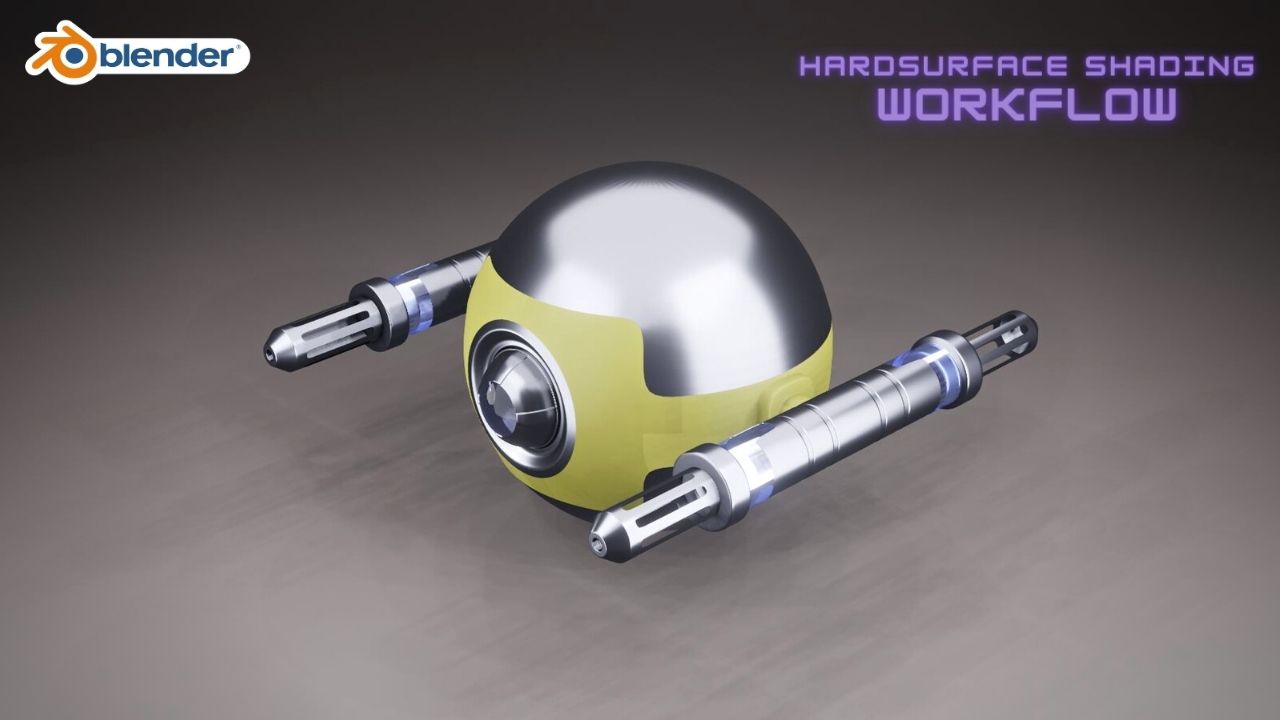Aircraft design in Blender refers to the use of the Blender software for creating and visualizing various types of aircraft, including airplanes, helicopters, drones, and spacecraft. While Blender is not a specialized aerospace engineering tool like professional CAD (Computer-Aided Design) software, it can still be a valuable asset in the conceptualization, modeling, and visualization phases of aircraft design. Here’s an introduction to how Blender can be applied to aircraft design:
- Conceptualization: Blender allows aerospace engineers, designers, and enthusiasts to explore and develop their aircraft design concepts in a 3D environment. Designers can create and iterate on the external shape and internal components of the aircraft.
- 3D Modeling: Blender provides a robust set of modeling tools for creating detailed 3D models of aircraft. This includes modeling the aircraft’s exterior, interior, wings, engines, landing gear, and other components. Blender’s mesh modeling capabilities can help create complex shapes and geometries.
- Visualization: Blender’s rendering capabilities enable designers to visualize aircraft designs realistically. You can apply materials, textures, and lighting to the models to create photorealistic renders or stylized visuals that showcase the aircraft’s appearance and features.
- Prototyping and Testing: Blender can be used to create 3D prototypes of aircraft, allowing designers to assess the design’s feasibility and functionality virtually. This can help identify design flaws, assess aerodynamics, and improve overall performance before physical prototypes are built.
- Animation: Blender’s animation tools are useful for creating dynamic presentations of aircraft in action. You can animate aircraft movements, such as flight maneuvers, landing, or retracting landing gear.
- Presentation and Communication: Blender enables designers to create compelling presentations and animations of their aircraft designs. This is valuable for pitching ideas to clients, stakeholders, or investors, as well as for educational or promotional materials.
- Customization: Blender’s scripting and automation capabilities can be used to create custom tools and workflows tailored to specific aircraft design needs, such as parametric modeling or performance analysis.
- Collaboration: Blender supports collaboration through its compatibility with various 3D file formats. Designers can easily share their Blender files with colleagues or clients, facilitating communication and project coordination.
- Simulation: While Blender is not a dedicated simulation tool, it can be used to create basic flight simulations for visualization and conceptual purposes. More advanced simulation software would be required for in-depth aerodynamic and engineering analysis.
- Integration with Engineering Software: Blender can import and work with CAD files and other engineering data, allowing designers to incorporate precise engineering information into their aircraft designs.
- Cost Efficiency: Blender’s open-source nature makes it a cost-effective option for visualizing and prototyping aircraft designs, particularly for individuals, small teams, or educational institutions.
While Blender is not a substitute for specialized aerospace engineering software, it can play a valuable role in the early stages of aircraft design, helping designers visualize and communicate their ideas effectively. For detailed engineering and analysis, aerospace engineers typically use dedicated CAD and simulation tools, but Blender can complement these tools by providing a more visual and creative platform for design exploration.

